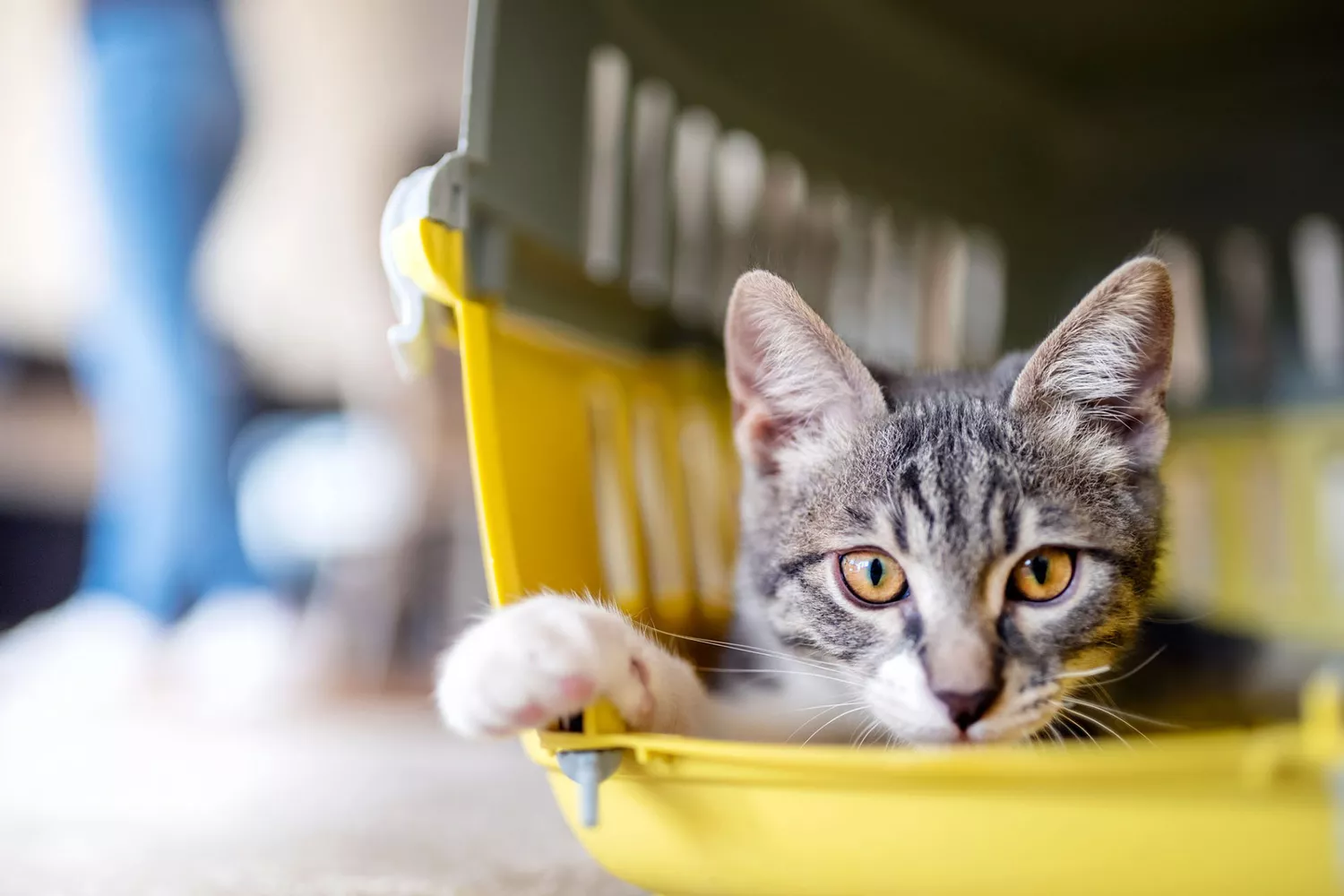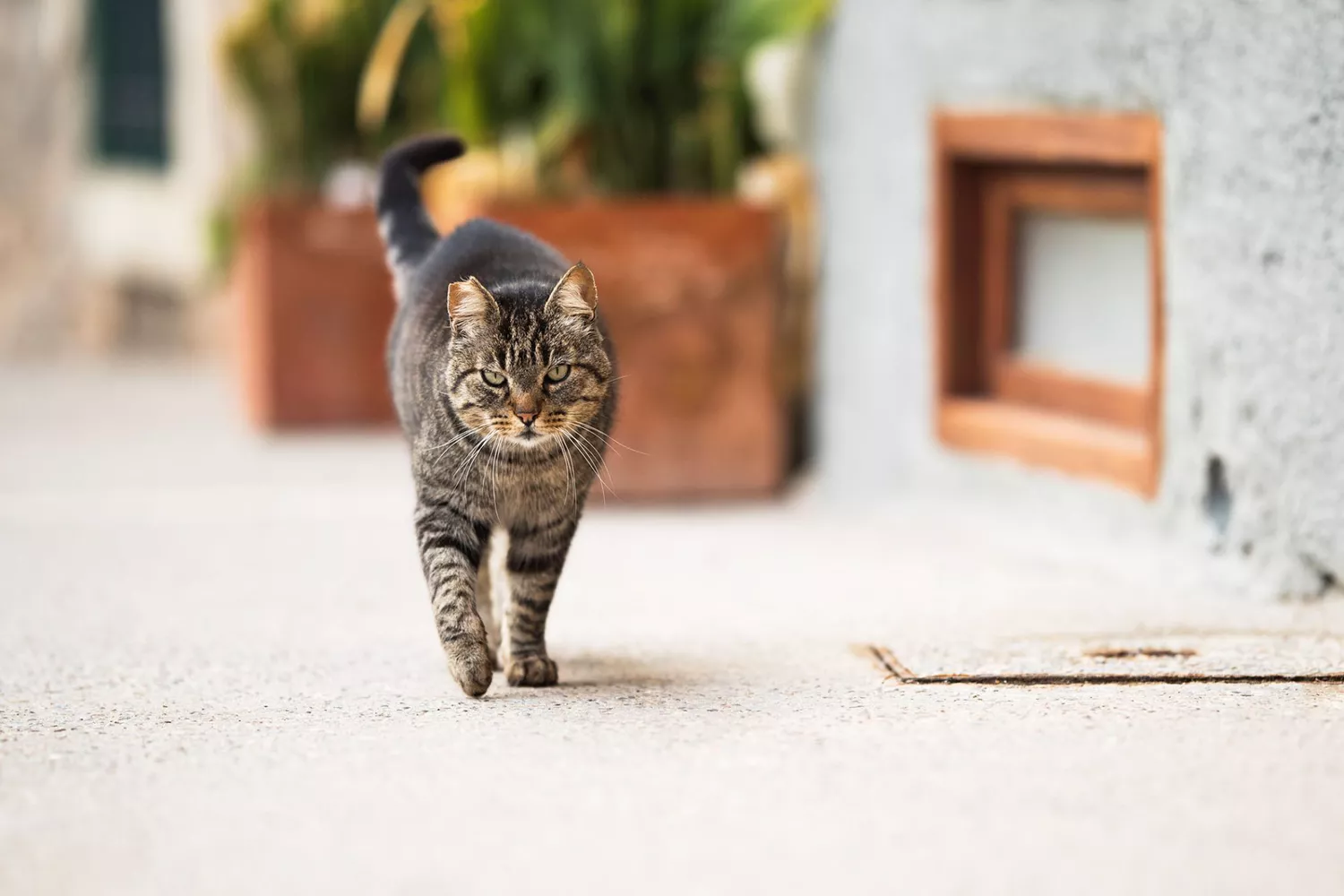
From unwilling felines to new-to-carrier cats, we partnered with fear-free training professional and Qualified Cat Behavior Specialist Shannen McNee from the Toronto Humane Society to stroll us through how to put a cat into a provider. McNee states the initial step to worry-free provider interactions is favorable association early and typically.
” Start training your feline to love its provider when you do not have any planned trips for them in the near future,” McNee advises. “The procedure can occur quite quickly for some cats and take more time for others. It will be simpler for you to overcome the actions at a speed that your feline is comfy with if you do not have a set timeline.” From picking the best provider to getting your cat into it, McNee provides us the step-by-step guide to whatever cat providers.
Acquainting Your Cat to Their Carrier
Like many desensitization training methods, getting your cat comfy with a carrier requires finding a way for your feline to enjoy her space.
If your feline had an unfavorable experience in her carrier, McNee says to start with a fresh start, or in this case, a clean provider. By wiping down the provider you’ll eliminate any tension or fear hormones your feline might have launched. Then, McNee states, you can start to favorably associate your feline to her carrier with making use of a few of her preferred things: food, play, and a relaxing location to nap.
You’ll desire her provider to become part of her familiar environment. Leave it out and about with a cozy blanket inside. For felines with existing feline provider stress and anxiety, start with the top of the provider eliminated.
We all know a feline’s favorite time is mealtime, and there’s no much better favorable association than feeding your feline her breakfast inside her provider. Start by serving meals close to the provider door, putting her meal further inside the carrier each day. Between mealtimes incorporate play around the provider and give your cat a treat when she selects to interact with it.
The time it takes a cat to end up being comfy with her dog crate differs from kitty to kitty, and it’s best not to rush the procedure. As soon as your feline becomes comfortable, move on to closing the provider door while she’s inside.
How To Get a Cat in a Carrier
If acquainting your cat to her carrier was a success, she might willingly go into inside with a little coaxing or persuasion by a reward. If you’re not so fortunate, McNee walks us through a simple two-step process.
Action 1. All set Yourself and Your Cat
There are 2 methods you can put your feline into her provider: head initially or bottom. Prior to you select your feline up is the time to decide which instructions she’ll get in. While both are acceptable, McNee says bum very first might be the much better choice for distressed felines.
If you have a nervous cat vulnerable to rushing at the sight of her carrier, place it in a room with a door and limited hiding areas well before travel, like your restroom. And speaking of nervous cats, if you have fear-free over-the-counter or prescription medication for travel, administer it to your cat before putting her in the carrier. You can likewise utilize Feliway spray on the blanket inside the carrier and/or within your cars and truck to keep your kitty feeling calm.
Action 2. Put Your Cat Into the Carrier
” When you pick up your feline, use both your hands so they feel safe and secure; location one hand on their chest under their front legs with your fingers pointing towards their chin and utilize your other hand to support their back end,” McNee describes. If your cat likes to conceal under blankets, she may be comforted by a blanket or towel covering the provider. Others might feel more comfortable with a clear view of their surroundings.
Cat Carrier Safety Tips
It’s up to you to keep your cat safe, McNee says. “Pet owners need to take the very same precaution for their family pets as they provide for themselves in the vehicle. People use seat belts to protect them from injury and owners must safely protect their animal during any travel in the cars and truck, too.”
“To protect your family pet in the cars and truck, put the seatbelt through the handle of a carrier that is large enough for them to sit, stand, and reverse in,” McNee discusses. If you have a clowder of felines, it’s advised that each cat have their own carrier, avoiding overcrowding, stress-induced hostility, and other incidents.
When it pertains to what type of provider to buy, McNee has some suggestions. You can select either a soft- or hard-case carrier, and while either is suggested, your feline might have her own choice. Search for a well-constructed carrier that a feline with or without thumbs can’t fanangle their way out of. And lastly, McNee says to check out this list of crash-test certified providers and harnesses prior to you buy.










